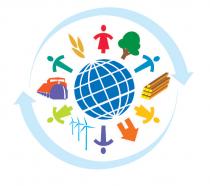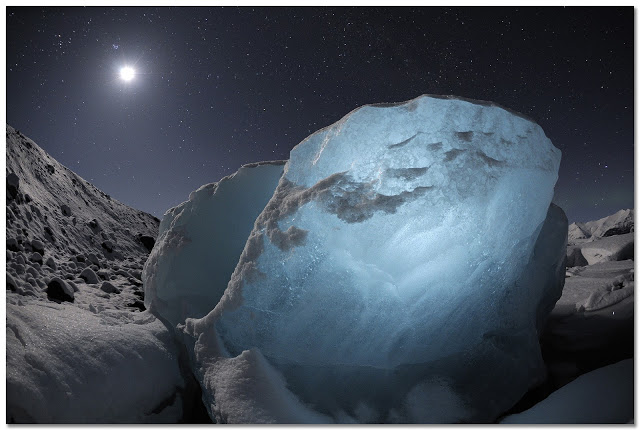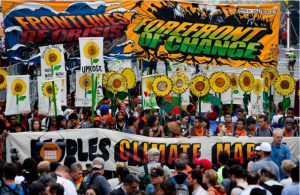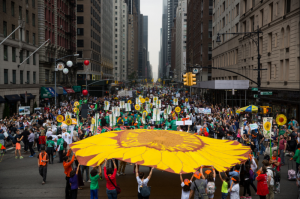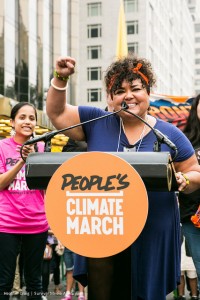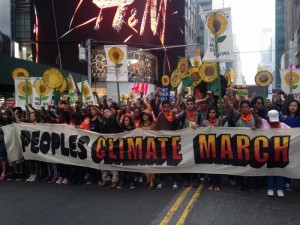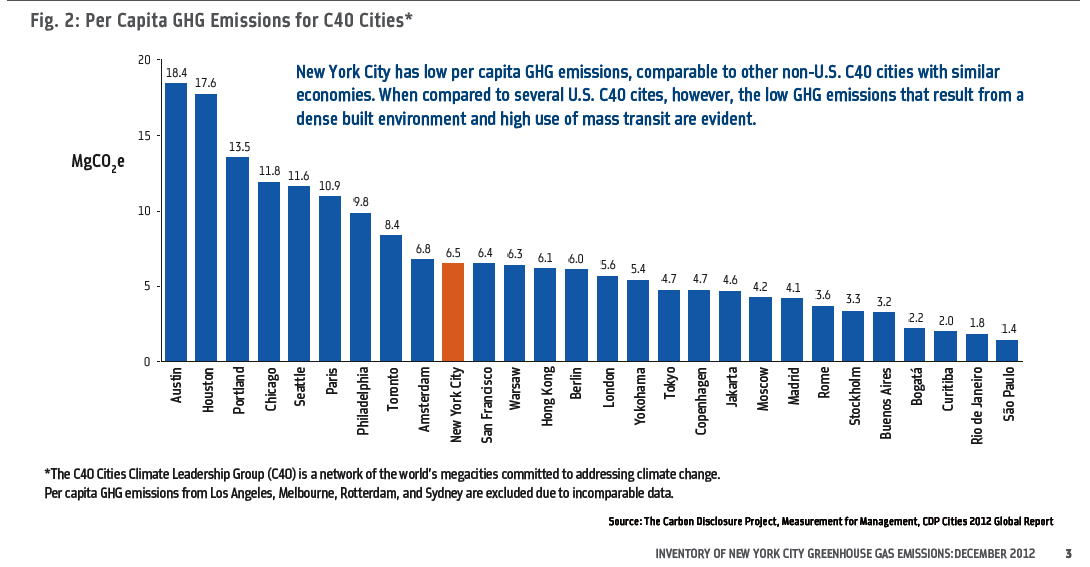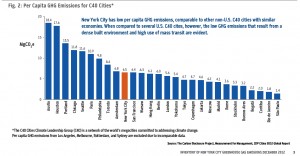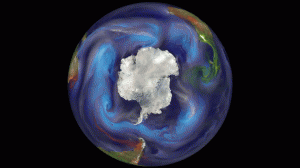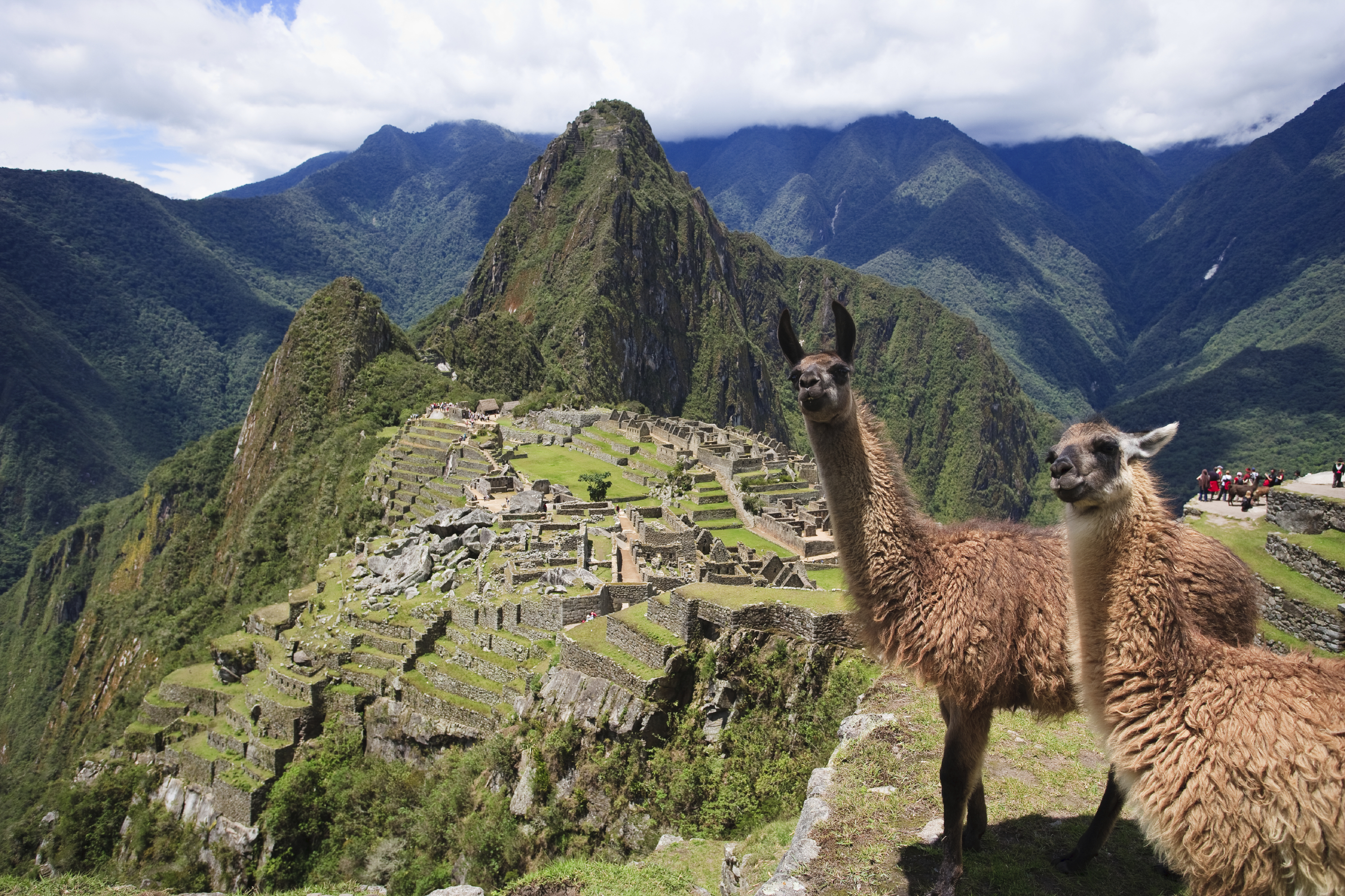Climate change does pose significant threats to prospects for sustainable development. It impacts our environmental, economic, and social development. With climate change in our radar, our ability to meet basic needs to sustain life would be difficult. The behavior that we are carrying out currently may allow or disallow our use of planet earth by future generations. It is also very difficult for developing countries to develop sustainably due to lack of government policy, finance and adaption plans.
In “Renewable Revolution: Low-Carbon Energy by 2030” by Janet L. Sawin and William R. Moomaw, the focus is on sustainable development but by the reduction of energy usage by using it more efficiently and using mostly renewable energy resources. “Humanity can prevent catastrophic climate change if we act now and adopt policies that reduce energy usage by unleashing the full potential of energy efficiency in concert with renewable energy resources” (Sawin & Moomsaw, 2009). This is a valid statement because climate change is first and foremost a challenge to development. Climate change is not just a pollution problem. In Sawin and Moomsaw’s article, they also stated that “A combination of political will and the right policies can get the world on track to mitigate climate change in the near term while also meeting demand for energy services, providing energy access for the world’s poorest, boosting the global economy, bolstering energy security, and improving the natural environment and human health” (Sawin & Moomsaw, 2009).
According to “Integrating Development in Climate Change: A Framework Policy Discussion Paper on Key Elements for the Development of the Post-2012 Global Climate Policy Regime” by the South Centre, global cooperation to reduce developed countries’ climate footprint and support developing countries’ adoption and implementation of low carbon sustainable development methods should be a priority. In context of the climate change negotiations, there is hope for developing countries to form policies that would promote and aid sustainable development objectives. The South Centre proposed that the post-2012 framework should support the creation of an international economic system that supports and promotes economic development of developing countries (South Centre, 2007). However, certain aspects need to be accounted for such as the need of flexibility to properly determine what policies are needed for development as well as what is best for adaptation to climate change. Policy parameters for the design of economic and environmental policies that were projected by the South Centre are “…the development policy space for developing countries in the areas of tariff and non-tariff barriers, intellectual property, investment promotion and regulation, regional integration, industrial policy, and finance regulation; and the environment and carbon space to increase GHG emissions, to the extent that may be required to enable them to increase the standards of living of their peoples to levels commensurate with a decent and dignified way of life” (South Centre, 2007).
References:
Sawin & Moomaw, Renewable revolution: low-carbon energy by 2030, Worldwatch Institute, 2009.
South Center, Integrating Development in Climate Change. Nov. 2007.
[youtube_sc url=”https://www.youtube.com/watch?v=B5NiTN0chj0″]

